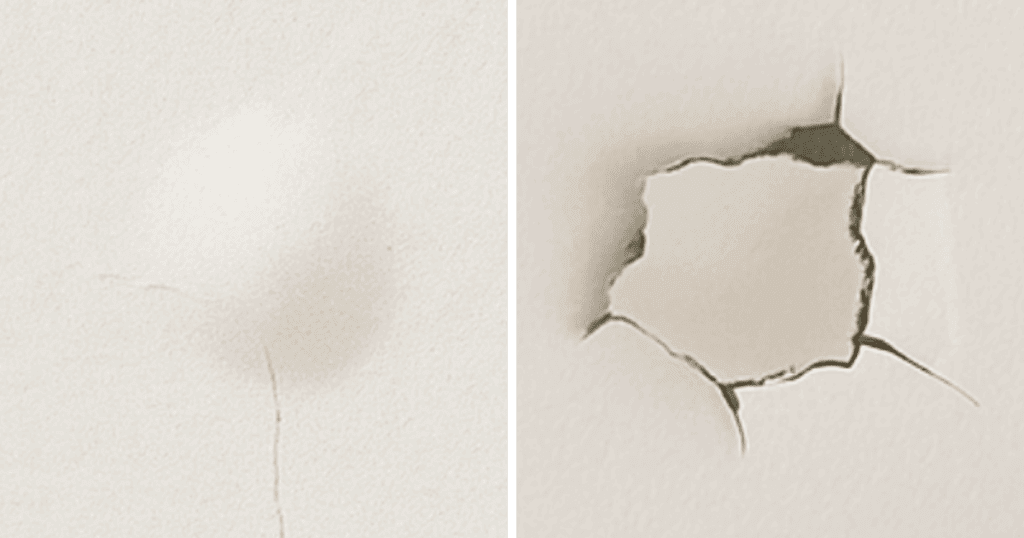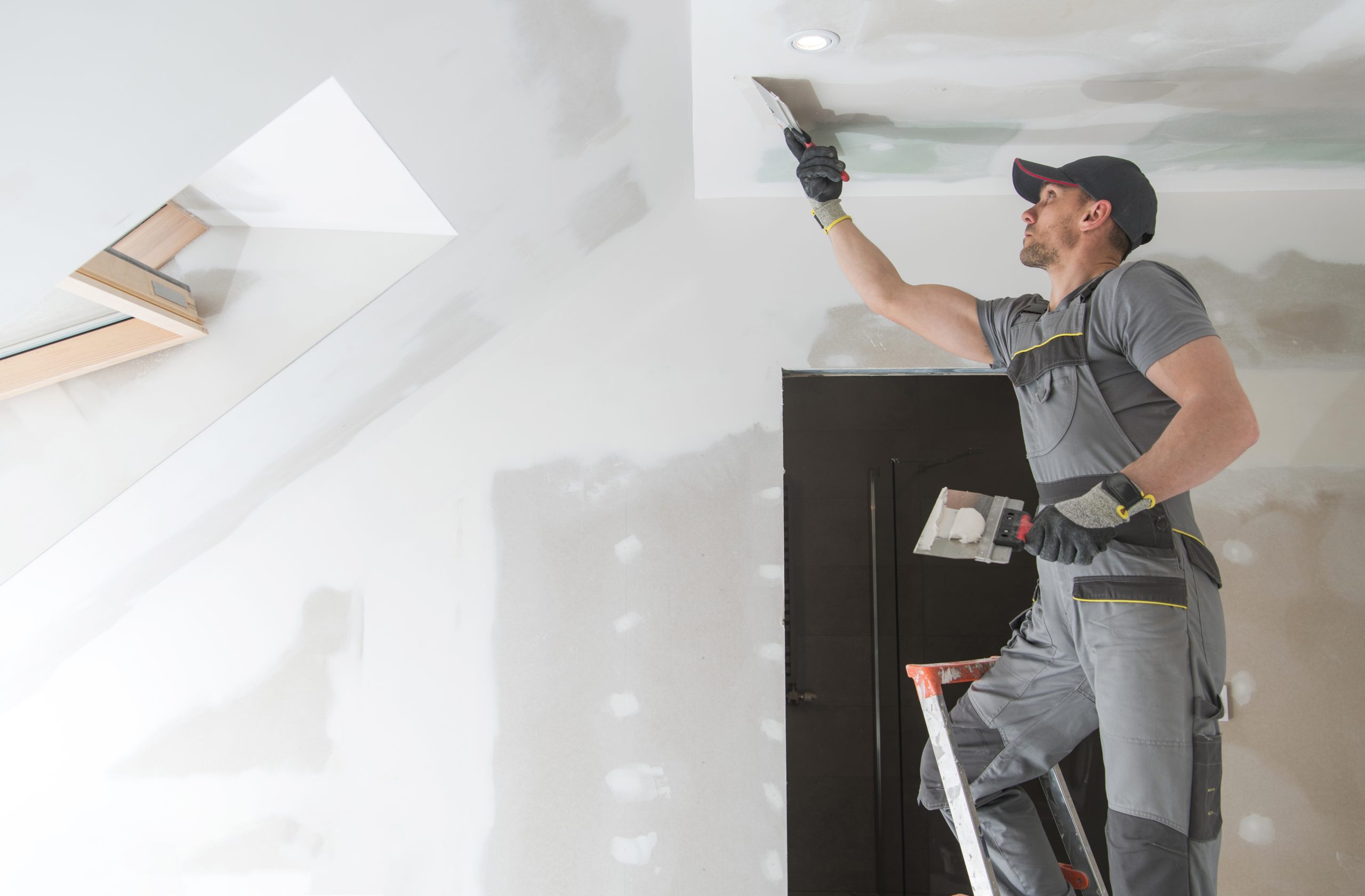A Comprehensive Guide to Learning Drywall Repair and Setup
This guide supplies a thorough exploration of drywall repair work and installation, dealing with both novices and seasoned experts. It describes necessary devices, strategies for patching and hanging sheets, and the essential completing processes. Drywall Installation Ogden Utah. By recognizing usual pitfalls, people can achieve sleek results. Mastering these abilities not only enhances one's home however additionally builds confidence in do it yourself endeavors. What foundational pointers will guarantee an effective job from beginning to end?
Vital Devices for Drywall Repair Work and Installation
When beginning on drywall fixing and installation, a couple of necessary tools can substantially boost the efficiency and quality of the work. A drywall knife, generally readily available in numerous sizes, is essential for using joint compound and smoothing seams. A taping blade is likewise essential for feathering edges and making certain a smooth finish. Additionally, a drywall saw or utility blade permits precise cutting of drywall sheets to fit any room.

Step-by-Step Guide to Patching Holes
Covering openings in drywall is an uncomplicated procedure that can bring back the wall's look and stability. To start, the location around the opening should be cleaned up and any kind of loose debris got rid of. For small holes, an easy spackle or joint substance can be used with a putty knife. Larger holes may call for a spot; a piece of drywall can be reduced to fit the opening, secured with sticky or screws, and after that taped around the edges. When the patch is in place, joint compound is used over the spot and feathery out to mix with the bordering wall surface. After the compound dries, sanding is required to accomplish a smooth finish. Finally, the repaired location can be topped and repainted to match the rest of the wall. This method guarantees a seamless fixing, enhancing the general look of the drywall and preserving its architectural honesty.
Strategies for Hanging Drywall Sheets
After efficiently repairing holes in drywall, the next step includes hanging new drywall sheets to produce a seamless surface. To achieve this, one must begin by measuring the wall room accurately and cutting the drywall sheets to fit. It is essential to hang the sheets horizontally for better structural integrity, beginning with the top and functioning downwards.
Using a drywall lift can streamline the process, especially for ceiling installments. When placed, securing the sheets with drywall screws at periods of about 12 inches along the sides and 16 inches in the field is crucial. This ensures a firm hold and minimizes the risk of drooping. For corners, the sheets should be reduced to fit comfortably, enabling cleaner seams. Ultimately, it is a good idea to stagger the joints in between sheets to enhance the general framework, producing a more durable coating prepared for the next phase in the drywall installment process.
Finishing Touches: Taping and Mudding
Finishing the drywall setup includes the vital actions of mudding and taping, which assure a refined and smooth finish. Insulation calls for the application of joint tape over the seams between drywall sheets. Interior Painting. This tape can be either paper or fiberglass harmonize, with each kind offering distinct benefits. After taping, the following action is mudding, where joint substance, or "mud," is used to cover the tape and load any type of flaws
Using a drywall blade, the compound should be spread out evenly, making sure a feathered edge to lessen visible modifications. Numerous layers are frequently needed, with fining sand in between each layer to accomplish a smooth surface. Mindful interest during this process is necessary, as it considerably influences the final look of the wall surface. With the appropriate method and patience, the end result will certainly be a remarkable structure prepared for paint or completing touches.
Usual Mistakes to Prevent in Drywall Projects

One more usual mistake is not enabling sufficient drying time between layers, which can catch moisture and jeopardize the coating. Overlooking read review to feather the edges effectively can develop noticeable lines and flaws. Avoiding sanding or making use of inappropriate techniques might leave harsh places. By being mindful of these challenges, individuals can greatly enhance the quality of their drywall tasks and achieve a professional-looking finish.
Often Asked Concerns
Can I Repair Drywall Without Professional Help?
Yes, one can fix drywall without specialist aid. With the right tools, materials, and guidance, people can effectively take care of small fixings. Nonetheless, considerable damage may require professional know-how for suitable results and resilience.
The Length Of Time Does Drywall Substance Require To Dry?
Drywall compound normally takes in between 24 to 48 hours to dry totally, depending upon elements such as humidity and temperature level. Thinner layers might dry quicker, while thicker applications require more time for ideal results.
What's the most effective Kind Of Paint for Drywall?
The most effective kind of paint for drywall is commonly a water-based latex paint. It supplies exceptional insurance coverage, durability, and simplicity of application, making it optimal for indoor wall surfaces while permitting for simple cleaning with soap and water.

How Do I Avoid Mold on Drywall?
To protect against mold on drywall, guarantee appropriate air flow, control moisture degrees, use mold-resistant materials, and promptly attend to any type of leakages. Routine examinations and immediate remediation of water damage are additionally necessary for long-lasting avoidance.
Is Drywall Recyclable After Removal?
Drywall is recyclable after hop over to these guys removal, supplied it is without impurities like mold and mildew, paint, or other dangerous materials. Recycling facilities can process it right into new items, promoting sustainability and reducing garbage dump waste in construction.
When starting on drywall repair work and installment, a few essential tools can significantly boost the efficiency and high quality of the job. After efficiently fixing holes in drywall, the following step includes hanging new drywall sheets to develop a seamless surface. Completing the drywall setup involves the crucial steps of mudding and taping, which guarantee a smooth and polished finish. Accomplishing a sleek finish in drywall tasks can be challenging, and several typical errors can weaken the top quality of the job. Yes, one can repair drywall without expert navigate here assistance.